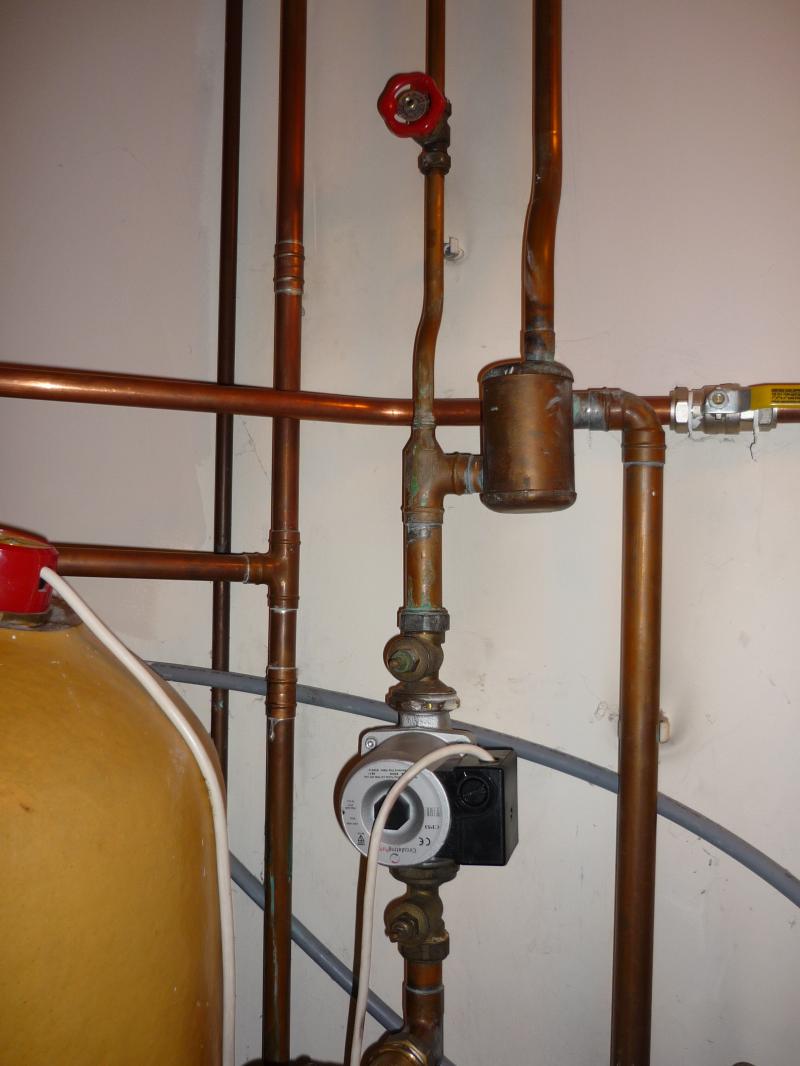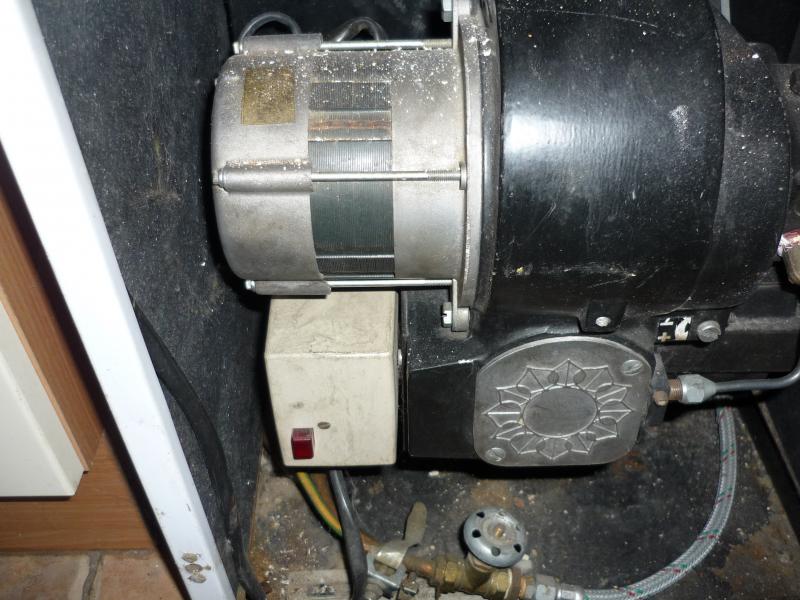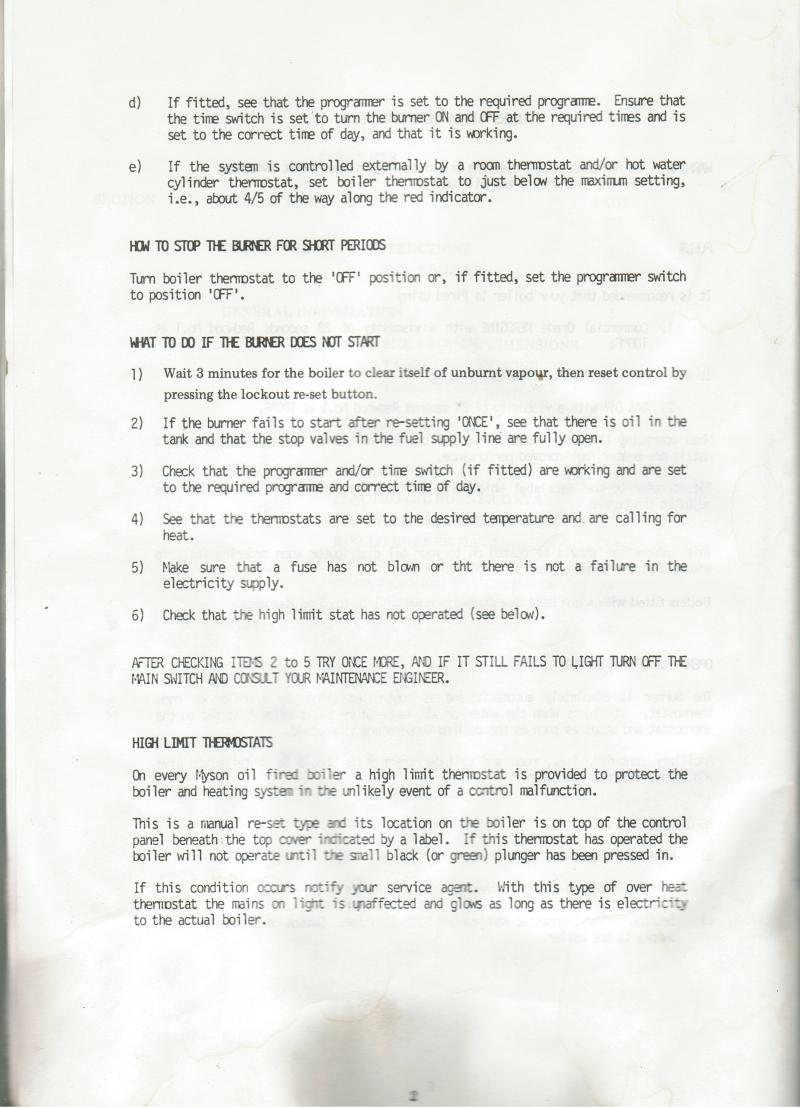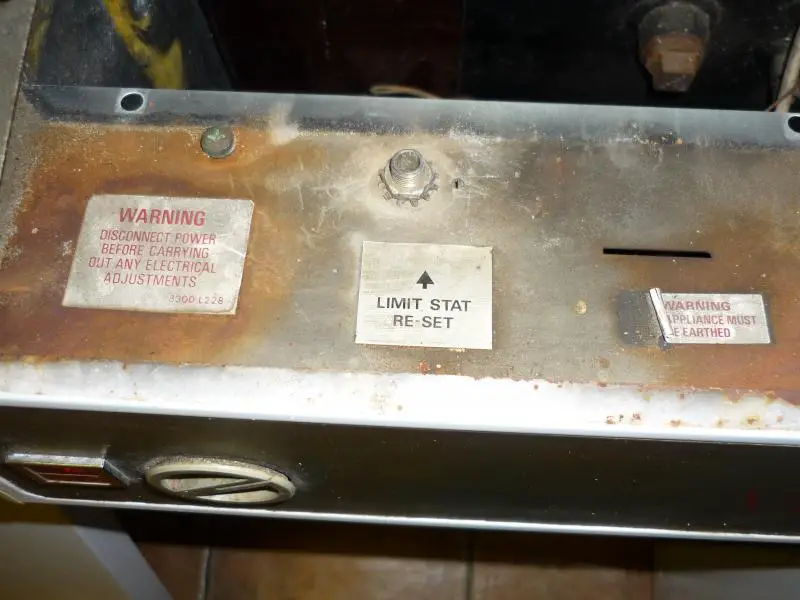Unfortunately, there is no end of crud in the f/e tank and it didn't occur to me to clean it out before starting work.
I haven't got a magnet (but will try to get one) and I'm not sure if I can find where the cold feed tees into the flow pipe from the boiler, (probably behind kitchen units).
However, assuming you're right, what would be the solution? Drain down again and open up the system where the blockage is?
TIA
Jever
I haven't got a magnet (but will try to get one) and I'm not sure if I can find where the cold feed tees into the flow pipe from the boiler, (probably behind kitchen units).
However, assuming you're right, what would be the solution? Drain down again and open up the system where the blockage is?
TIA
Jever






